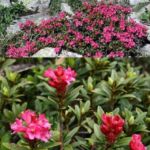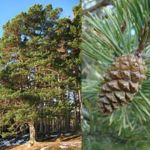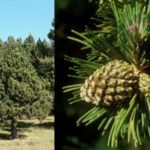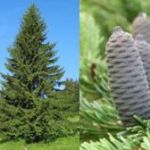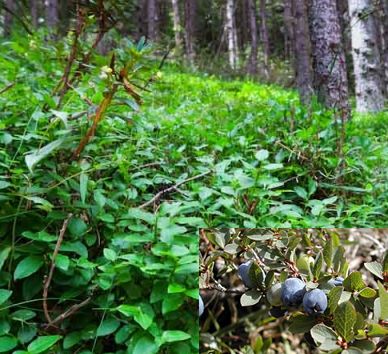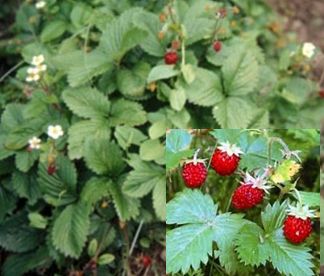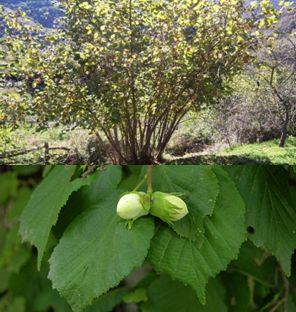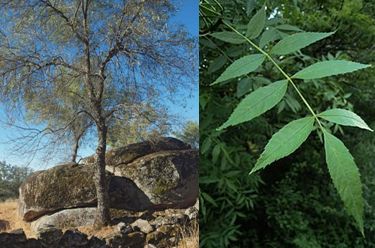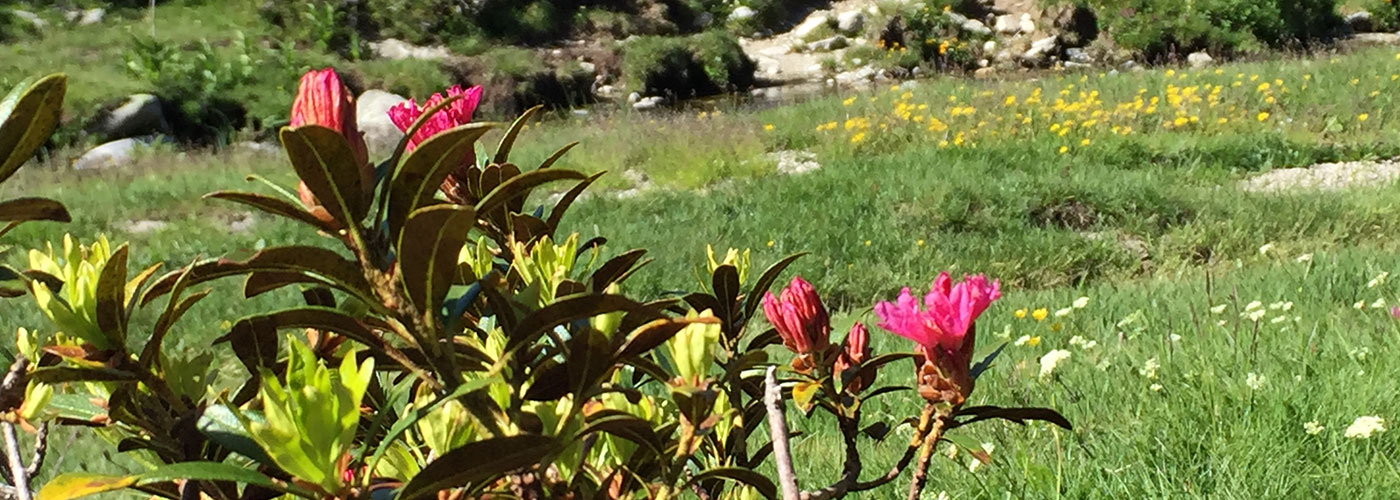
PLANT LIFE
The great extension of the valley (4,247 ha), the presence of sunny and shady slopes, as a result of the particular orientation east-west of the valley, and its important altitudinal gradient, (1,850 m of unevenness between the highest point (peak of the Portelleta 2.906m) and the lowest (the confluence of the Madriu and the Valira d’Orient rivers 1.056 m), confer a very important climate variability to the valley, with great contrasts and an important biological diversity for a relatively small territory, geographically speaking, such as the Madriu-Perafita-Claror valley. The diversity of soils is also very important, which favours a great variety of habitats, a great wealth of flora and fauna and, therefore, a landscape of great contrasts.
A total of thirty-eight natural or semi-natural habitats have been identified in the valley, each with its flora and fauna.
The vegetation is distributed among the 3 characteristic zones of the Pyrenees:
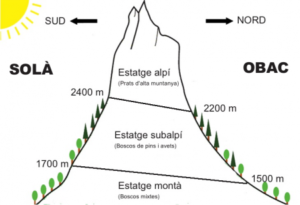
In a schematic way, we can consider that each zone corresponds to a landscape unit:
THE SUPRA-FORESTRY LANDSCAPE- alpine zone
 Predominance of the mineral desert, high mountain meadows, lakes and the spectacular forms of geomorphology. In the alpine zone, the rocky environment extends over an area of 650 hectares. Due to the hard weather conditions, the vegetal cover is scarce, but still there are varieties adapted to the harsh environmental conditions. High mountain meadows are colonized by evergreen plant species, with powerful roots, short vegetative cycles and a high resistance to sudden changes in weather conditions: Nardus stricta, Festuca airodis or F. ivesii, or Festuca eskia meadows, to name three of the most abundant grasslands. Alpenroses and other scrubs of Ericacaceae colonize the strips interspersed between the rocs where the soils are more developed
Predominance of the mineral desert, high mountain meadows, lakes and the spectacular forms of geomorphology. In the alpine zone, the rocky environment extends over an area of 650 hectares. Due to the hard weather conditions, the vegetal cover is scarce, but still there are varieties adapted to the harsh environmental conditions. High mountain meadows are colonized by evergreen plant species, with powerful roots, short vegetative cycles and a high resistance to sudden changes in weather conditions: Nardus stricta, Festuca airodis or F. ivesii, or Festuca eskia meadows, to name three of the most abundant grasslands. Alpenroses and other scrubs of Ericacaceae colonize the strips interspersed between the rocs where the soils are more developed
SOME EXAMPLES
THE LANDSCAPE OF THE MOUNTAINSIDES- subalpine zone
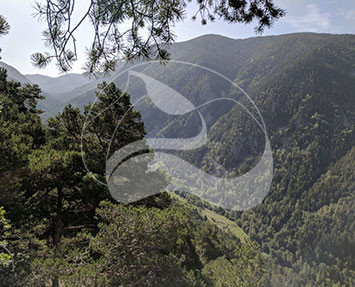
Predominance of a compact forest, with a strong contrast between the sunny side and the shady side, and with avalanche couloirs on the steep slopes, which are home to an almost imperceptible human activity.
The type of tree dominant in the Andorran forests are the conifers (pine trees and fir trees), which occupy a third of the territory and which, in the subalpine zone, they proliferate naturally. The mountain pine (Pinus mugo) is the specie that best adapts in this zone. It is a tree capable of withstanding very low temperatures and considerable snow thicknesses. In addition, it fulfils a very important function in the fixation of the mountainous slopes against erosion.
In the Ràmio area we can find one of the few fir forests still remaining in the Principality. The horizontal branches of the fir trees (Albies alba) make it difficult for the sun’s rays to penetrate, which make the forests less suitable for the growth of shrubs in the under-storey. On the other hand, it is a great environment for carpets of moss and herbaceous plants to develop, since they are species that take advantage of high humidity.
Apart from the forests, the subalpine zone is home to a type of plant ecosystem that, despite not occupying a very large area, has a great botanical and ecological interest. These are megaforbital herbaceous, high grass formations that settle in areas with nutrient-rich and very humid soils. They are often toxic and have large and pretty leaves and flowers.
Alpenrose (Rhododendron ferrugineum) scrubs are abundant and help to fix the soil of peatlands and high mountain rocky areas, as well as prepare the soil for subsequent growth of other species.
SOME EXAMPLES
THA LANDSCAPE OF THE VALLEY BOTTOM- montane zone

Ploughed by the path of the waters, it is the zone where we find most of the testimonies of the continuous dialogue between Man and Nature.
The oak groves are still the largest deciduous forests in the Principality. However, the presence of oaks in the valley is relatively scarce. Between 1,000 and 1,600 m there are mainly Scots pines (Pinus sylvestris), small birch forests, ashes or aspens.
The riparian forest is another type of plant formation that, despite occupying a relatively small area, is quite important for the balance of the forest ecosystem. The riparian forests are lineal concentrations that follow the course of rivers and torrents. Two great types of riparian forests are distinguished: the alder forests; and the willow forest, where we can find white willows, goat willows, grey willows and bitter willows.
The predominant bushes are boxwoods. They play an important role in the setting of poor and shallow soils, either in damp areas where the forest has disappeared, or in stony and steep places, unfavourable to the colonization of other plant species.
Meadows are the last type of vegetation that is found in the montane zone, which are due to human activity, especially livestock farming. These are lands won to the forest and destined for pastures or mowing meadows. The abundance of water and the richness of the soil favour the growth of a large number of species. The most common herbs are false oat-grass, cat grass and various clover. There are also some pretty colourful flowers, such as poet’s daffodil and wild daffodil.



